Did you ever notice that when everything is perfectly functioning, no one notices, but when it doesn’t, people freak out?
Device drivers are the reason behind every part of a machine running smoothly without losing the rhythm. So, it’s essential to ensure the best drivers for your computer.

If you are wondering how to back up and restore your device drivers on Windows 10, this article will answer your questions.
Tag Along!
How to Backup Device Drivers on Windows 10
You can back up device drivers in different ways. The most secure method is to use Command Prompt or PowerShell. A single command line can quickly create a backup file that you can use to restore your device drivers after installing a new copy of Windows 10.
You can also use several third-party applications to back up and restore drivers on your machine. Go through the subsequent procedure to backup drivers using Command Prompt and PowerShell.
Here are the methods to backup device drivers in Windows 10:
1. Use Command Prompt (CMD)
Command Prompt allows users to perform various complex tasks effortlessly. To backup device drivers, you can use either DISM or PnPUtil command.
Before starting the backup process, create a new folder and name it Driverbackup. Ensure the folder is not on the same different drive where Windows your operating system is installed.
Sign in as an administrator to Windows 10 and consider the following instructions to back up device drivers using the Command Prompt.
Here are the steps to back up device drivers using the Command Prompt:
- Click on the Start button and search CMD.
- Choose Run as administrator.
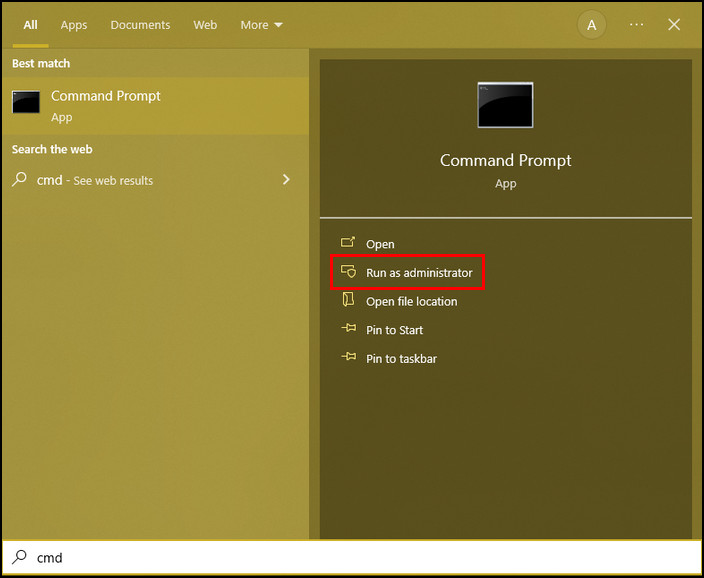
- Enter any of the following commands:
- DISM /Online /Export-Driver /Destination:”D:\Driverbackup”
- pnputil /export-driver * D:\Driverbackup
- Hit Enter.
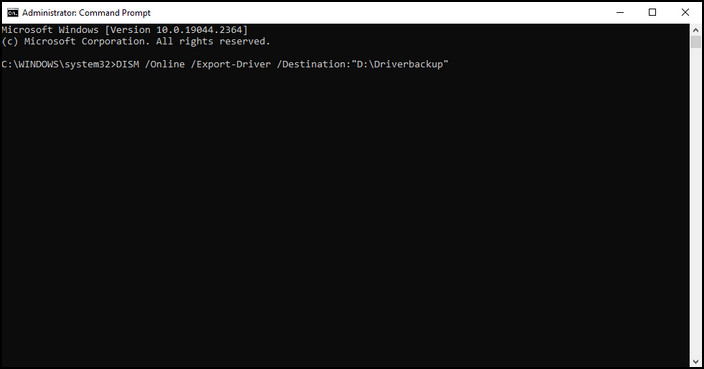
The above procedure will instantly back up your device drivers to the targeted folder. Change the D:\Driverbackup depending on your folder location. Here, I have created the folder on D drive.
2. Use PowerShell
PowerShell also allows users to back up device drivers. Create a new folder and rename it Driverbackup.
If you are more comfortable using Windows PowerShell, follow the subsequent procedures.
Here is the procedure to back up device drivers using the PowerShell:
- Press Windows + X keys and select Windows PowerShell (Admin) option.
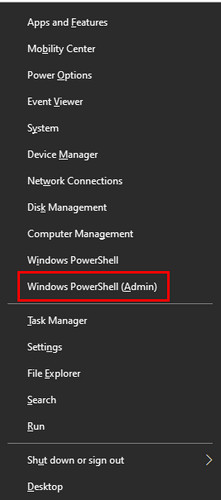
- Enter the following command into the PowerShell:
- Export-WindowsDriver -Online -Destination D:\Driverbackup
- Allow some time to complete the process.
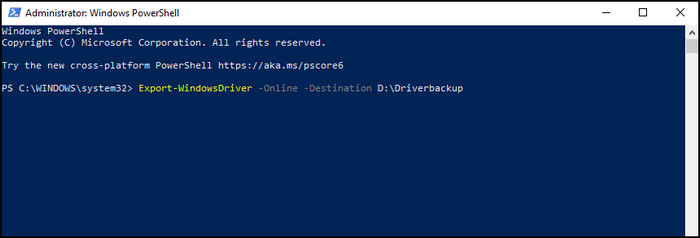
Once the backup process is finished, you can find the backup file in the folder specified in the command line.
How to Restore Device Drivers in Windows 10
To restore device drivers, open Device Manager, right-click on the device driver and choose Update driver. Click on Browse and select the device driver backup file from your drive. Check the Include subfolders checkbox under the address field and click Next.
You can also use Command Prompt to restore all drivers straight away. Consider the below instructions to restore an individual or all drivers.
Here are the methods to restore device drivers in Windows 10:
1. Restore Individual Driver
Using Device Manager, you can quickly restore any individual driver if needed. Check the instructions below to restore specific drivers.
Here is the way to restore an individual driver using Device Manager:
- Press Windows + X keys and select the Device Manager.
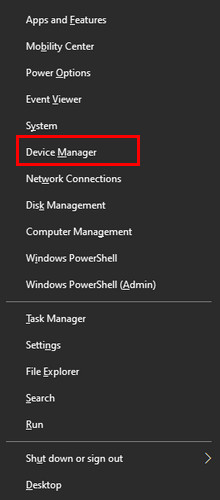
- Expand the device on which you want to update the driver.
- Right-click on the device driver and select the Update driver option.

- Select Browse my computer for driver when prompted.
- Click on Browse and choose the backup file.
- Check the Include subfolders checkbox and click Next.
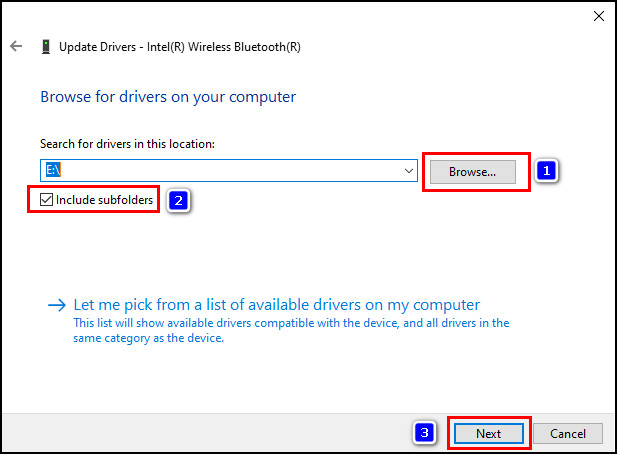
The above process will instantly search for a backup driver and install it if available. Uninstalling audio drivers from Windows 11 is a hassle. Check our separate post on how to uninstall audio drivers from Windows 11 quickly.
2. Restore All Drivers
After installing Windows 10 or returning from Windows 11 to Windows 10, you may want to restore all drivers straight away.
In this case, you can use Command Prompt to restore all drivers. Let’s take a look at the restoration procedure.
Here’s how to restore all drivers using Command Prompt:
- Click on the Start button and search CMD.
- Choose Run as administrator.
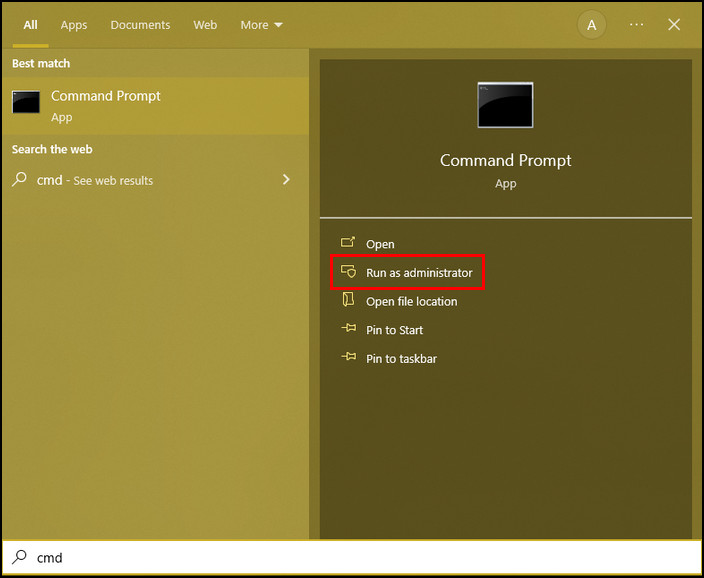
- Type the following command, and ensure to replace D:\Driverbackup with your file location:
- pnputil /add-driver D:\Driverbackup\*.inf /subdirs /install
- Hit Enter.
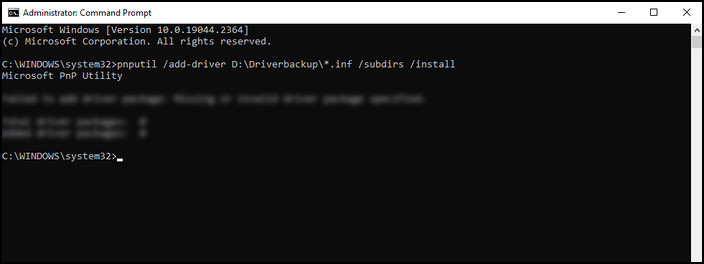
Command Prompt will install all the latest drivers for available devices. You may need to restart your computer to apply the changes.
Additional Ways to Backup and Restore Device Drivers
If you are not a person who feels comfortable working with the command line in CMD or PowerShell, then you can use a third-party tool to back up and restore drivers in Windows 10.
I have found some great tools that can easily back up and restore device drivers efficiently. For more instructions, check the following discussion.
Here is the list of third-party tools to back up and restore drivers:
DriverBackup!
DriverBackup! The name is enough to understand the purpose of the application. You can download and install the app to back up and restore any driver. 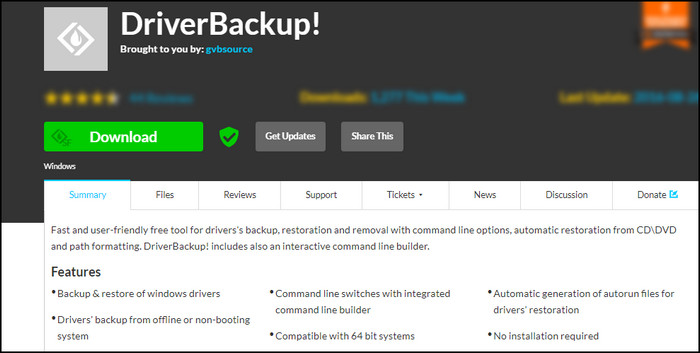
This application allows users to back up and restore using a command line, automatic restoration from DVD, and path formatting.
Double Driver
Double Driver is an application designed for Windows operating systems to handle drivers better. 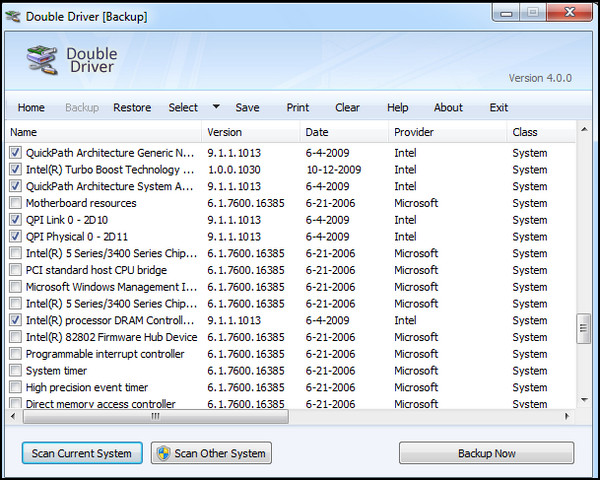
This application can scan your PC for available drivers and save copies in a particular folder. And you can use that file to restore drivers when needed.
Driver Collector
Driver Collector can easily detect any exciting device driver by scanning the system files. Though developers built the tool for Windows 98 and Me, it can run smoothly even on Windows 10 operating system. 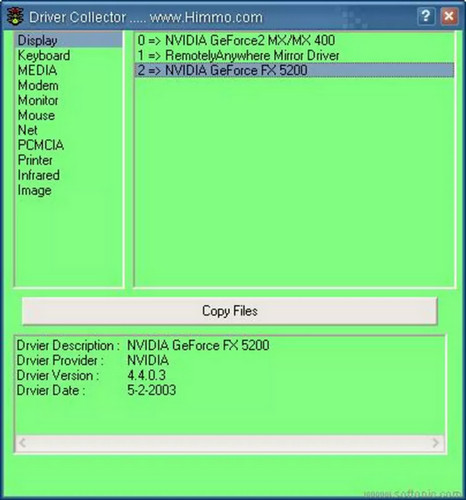
Frequently Asked Questions
Can I transfer drivers from one computer to another?
Yes, you can transfer drivers from one computer to another. To do so, create a backup of your drivers and transfer the backup file to your other computer. And then restore the drivers using the backup driver’s file.
Where should I save driver files?
When you create a backup for your device drivers, save the file in a drive that does not store your system files. Usually, the C:\ drive stores the system files, so keep the driver files on any drive, excluding the C:\ drive.
Where does Windows 10 keep drivers stored?
Windows 10 usually stores the device drivers in the C:\Windows\System32\Drivers or C:\Windows\System32\DriverStore folder.
Final Thoughts
Each device component runs on a different driver. It is hard to find drivers from various websites. Saving a copy of all drivers is stress relieving.
You can use Command Prompt and PowerShell to export device drivers. Importing drivers is also more accessible with Command Prompt and Device Manager.
I hope you find this article helpful. For further queries, leave a comment below.
